Last Updated on November 5, 2023
The episode of Deconstructing… covering Saw was Written, Edited, and Narrated by Kier Gomes, Produced by Tyler Nichols and John Fallon, and Executive Produced by Berge Garabedian.
If you had $700,000 and less than three weeks to shoot a horror movie with your friends, how do you think it would go? Would the limited budget and schedule cripple your creativity, or would it inspire something inside you that would lead to one of the most acclaimed genre films of the 21st century? Well, let’s ask James Wan and Leigh Whannell. They have individually carved out their own impressive corners in the film industry, but while these days the filmmakers are working on giant studio projects and getting rich, they were once just a pair of film students who just wanted to make their first movie. A movie that would draw inspiration from the explosive success of the now iconic found footage film, The Blair Witch Project. With a villain that has since become an icon, and even recently, a hero? Folks, it’s the Halloween season and like many of you, I’ve been on a long bender of watching horror movies that are on my ever-growing list of seasonal rewatches. Among the titles that I just can’t skip past is 2004’s Saw (watch it HERE) – a movie that pioneered the ongoing franchise and even inadvertently kicked off Hollywood’s mid-2000s obsession with the always-scary-sounding “torture-porn”. But before having sequels and spinoffs galore, Saw started as a small mystery thriller made by filmmakers with unique style and flare that resonated with audiences so much that the film is now hailed as a modern horror classic. So, today we’re going to dive deep into the book of Saw, revisit the first film, and determine exactly why this gritty low-budget bathroom production is so important to horror fans almost twenty years later. I’m Kier with JoBlo Horror, and you’re watching Deconstructing.
Imagine this- you wake up in a bathtub full of water and quickly realize that you have no idea where you are, or why you’re there. There’s another person in the room with you. Two actually. One is dead, and one is alive. The living one is chained to the wall, and you soon realize that you’re chained to the wall too. The game is simple- GET OUT.
That’s the plot of Saw. A clean and simple story about two men desperate to escape their captivity at ANY cost. This movie stands out as being an attention grabber despite the incredibly small scope of the tale being told. It’s like how we all love 12 Angry Men because the specific and small story is carried by dynamic and interesting performances and dialogue. Now, I’m not saying that the performances in this movie are anywhere near the status or prestige of 12 Angry Men– but what this movie lacks in talent in front of the camera, it makes up for with the directorial style and editing of James Wan, mixed with the sharp twist ending provided by Whannell. It was a VERY fresh movie at the time.
So, as usual, today we’re going to break down this movie by way of our four key categories. First, we’ll discuss the movie’s origin and how it went from idea to production. Following that up, we’ll get into the film’s legacy- where we talk a little bit about the massive waves this movie has made over the years. Then we’ll get into a bit of trivia, so make sure you’re studied up on your Saw lore. And we’ll end it off by talking about the movie’s X-Factor- where I look for the one small thing that takes this movie from being just another bloody good time at the movies, to being an iconic horror film that’s well worth its weight in guts. So, if you’re ready, then keep your back to the wall and don’t forget to like this video. And let’s hit play on Saw.
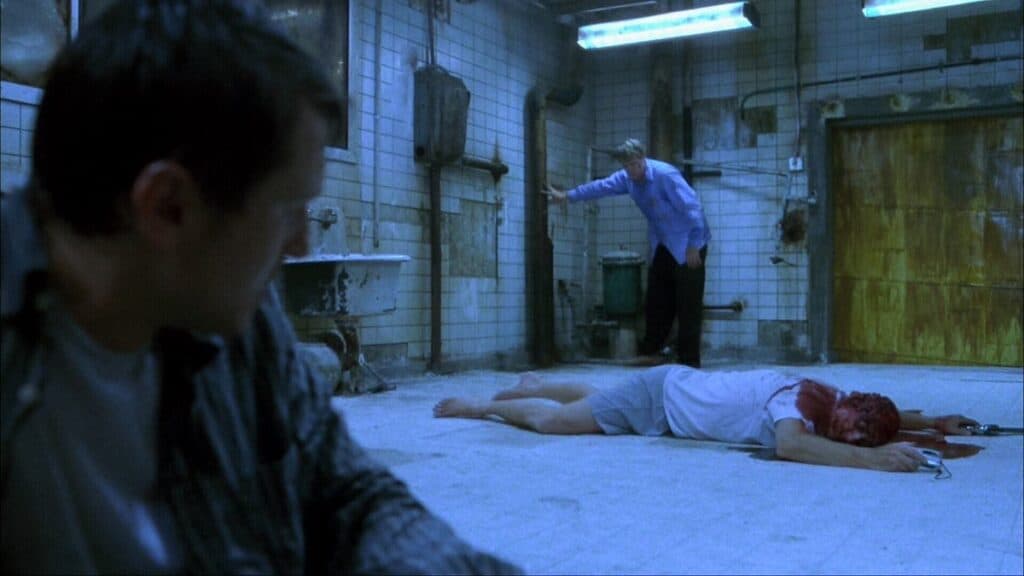
ORIGIN
As we know, Saw is the brainchild of James Wan and Leigh Whannell. The duo met in film school and after graduating they wanted to get to work on their first feature. They were able to come up with a working budget of about $30,000 which quickly proved to be too small of a stack for these guys to work with. So, they started by shopping the script around to Australian producers and almost got a deal, but it fell through. It wasn’t until they were on their last leg that they decided to spend the little bit of money that they had to travel to Los Angeles and shop their movie around.
Now, these guys are pros, and even in the beginning they showed that they were serious about their idea. They went as far as to package their script with an accompanying DVD short film that would showcase the Jaw Trap which has become an iconic piece of imagery for the Saw franchise. The short film provided a sample of Wan’s visual style, as well-as the ambitious designs of Jigsaw’s craftsmanship. It was important for Wan and Whannell to work on the film together if it ended up receiving funding. James Wan was set on directing the film and not interested in selling the script and walking away. He quoted: “Leigh and I just loved the project so much and we wanted a career in filmmaking so we stuck to our guns and said, ‘Look, guys, if you want this project, we’re coming on board — Leigh has to act in it and I have to direct it.”
Just like they’d hoped, the actor/director duo ended up getting the money and the jobs they needed for their movie. In fact, when producer Gregg Hoffman saw their short film- he and his partners started a sister-company to their production house, Evolution Entertainment, and that became the iconic “Twisted Pictures” which we’ve seen at the top of each installment. The two must’ve been happy with this angel backer that swooped in and the saved the day because they even named one of their later characters in this universe “Hoffman”.
Despite speculation that Whannell played the lead character, Adam, as a budgetary restriction- Whannell always wanted to play the lead and was actively pursuing a career in acting at that time. I know he’s not the best actor in this movie, but whatever. It gets a pass. The movie shot in just 18 days with only one set being built- the bathroom. And the rest being done on other film’s sets or on location. The film spends most of its runtime in the bathroom location and about 50% of filming was spent on those scenes.
LEGACY
So, the movie was released in theaters around Halloween in 2004, and I will never forget the explosion of popularity that this movie caused. I remember all of my friends sneaking into theaters to watch this movie when we were in middle school, I remember the Billy-the-puppet merch, I remember that insane theory that Jigsaw is just Kevin McCallister grown up. I remember all of it.
This movie’s legacy was apparent from the very beginning. It was one of those “instantly iconic” movies and it especially hit at a time when slashers were petering out and audiences were looking for something new. This movie inspired movies like Hostel and Would You Rather and launched the vast franchise of Saw movies that have followed in the 20 years since. Hell, it just got back to its roots with a prequel/sequel that really seems to be making its own lane at the movies. And not to mention that it opened the door for all of the incredible work that Wan and Whannell have been able to do off the success of this film.
There is no debating that this movie has one hell of a legacy. The imagery was not only new to audiences, but it was downright terrifying. This movie has a sense of grit and truth and reality that makes it extremely hard to watch, yet impossible to look away from. The movie demands your attention with the kinetic and wild editing style, the textured grain of the filmstock, and even the iconic voice of Jigsaw. Which reminds me- the final twist of the movie really shook me and my friends the first time we saw this movie.
While now, it takes a lot more to surprise an audience, at the time- the reveal that Jigsaw was in the room the entire time just felt like a huge shock. And while I don’t know if it’s really THAT impressive, it was romanticized so much that I think it did help cement this film’s legacy. Like it’s definitely on someone’s list of best horror twists.
TRIVIA
Ya know, while the production schedule was extremely tight for this movie- James Wan still found a way to work in some of his signature style into the shots. According to Wan, he wanted the camera movements during scenes to match the internal feelings of the characters. You’ll notice that many of the shots framing Cary Elwes’ character- the shots are steady and smooth. Contrary to that, the scenes framing Whanell’s ‘Adam’ are shaky and kinetic. This is meant to reinforce the idea that Adam is not as composed and calm as his cohort. Wan intentionally did this to help guide the character development- and obviously… The same could be said for this film’s editing.
I think for a first time duo, these two really showed a lot of confidence in their skills and James Wan must’ve been feeling especially optimistic in the making of this movie as he decided to forego a directing salary for the movie but instead asked for percentage points off the movie’s box office run. Honestly, that’s bold- but if you ask Wan about the decision, he’ll tell you that he doesn’t regret it in the slightest. I mean, yeah. Not only did the money gross over $100 Million, but that also means that his budget was able to be allocated to the production. Everybody wins!
And before we move on, let’s see if you can answer this question:
True or False?
The iconic Billy Puppet was originally a children’s ventriloquism dummy donated by Leigh Whannell that was altered with a new wig and some face paint.
Answer: FALSE
Actually, the puppet was bult from scratch by Wan and Whannell for this film. It wasn’t a modified version of an existing toy, like say, Michael Myers’ iconic Captain Kirk mask.
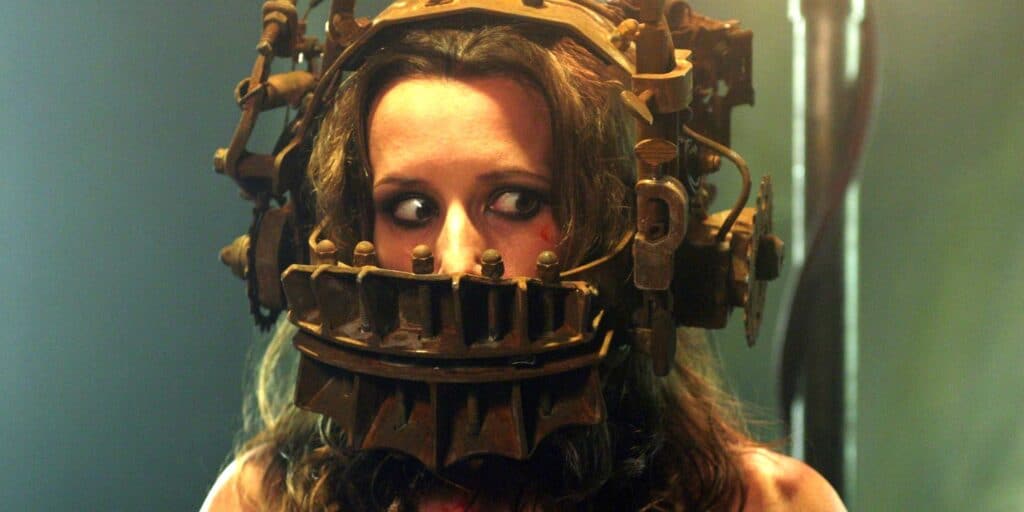
X-FACTOR
Okay folks, we’ve been through everything from the talented filmmakers behind this movie, the fortunate and fruitful release of the movie, and even the mass impact it’s had on the genre in the years since. But the X-Factor for this video was actually easier this time than it has been in the past. While this movie is easy to praise solely on the merits of its legacy- I think the standout of this movie is actually pretty clear because of the small scope.
The stars had to really align in order for this movie to find its way to the big screen. The idea was fresh and new, the filmmakers were bright-eyed and bushy tailed, and the jaw trap scene that they demo’d was scary and realistic enough to get the movie funded. But all of those things would have been meaningless to the franchise had it not been for one thing… Billy the Puppet.
Billy is iconic in every sense of the word. Billy is a horror icon that isn’t even alive. You can’t compare Billy to anything because he’s not a conscious thing. Like, Chucky is possessed, he’s the villain. In Saw, Billy is just an extension of the villain. Jigsaw is the villain, and Billy is just a puppet. SOMEHOW, that little puppet that was only there for the sake of creepy imagery- seems to be the marketing tool that has made each installment recognizable to the franchise. Tobin Bell is an amazing actor, and he’s so amazing that we can easily associate him with Billy- almost like dual roles. Billy is one of those icons that you know from your very first glance and similar to the hockey mask Jason wears, or the glove that Freddy wears, Billy is just a tool that the real villain uses.
A couple of the previous episodes of Deconstructing… can be seen below,. To see more episodes, and to check out our other shows, head over to the JoBlo Horror Originals YouTube channel – and subscribe while you’re there!







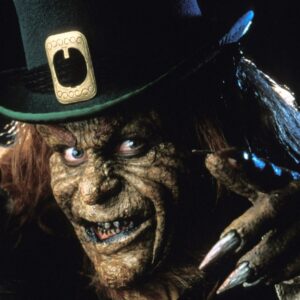
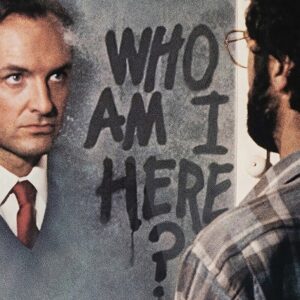
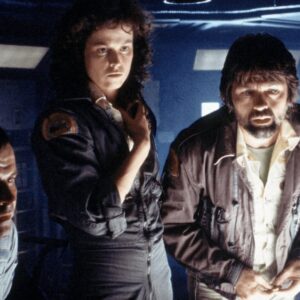










Follow the JOBLO MOVIE NETWORK
Follow us on YOUTUBE
Follow ARROW IN THE HEAD
Follow AITH on YOUTUBE